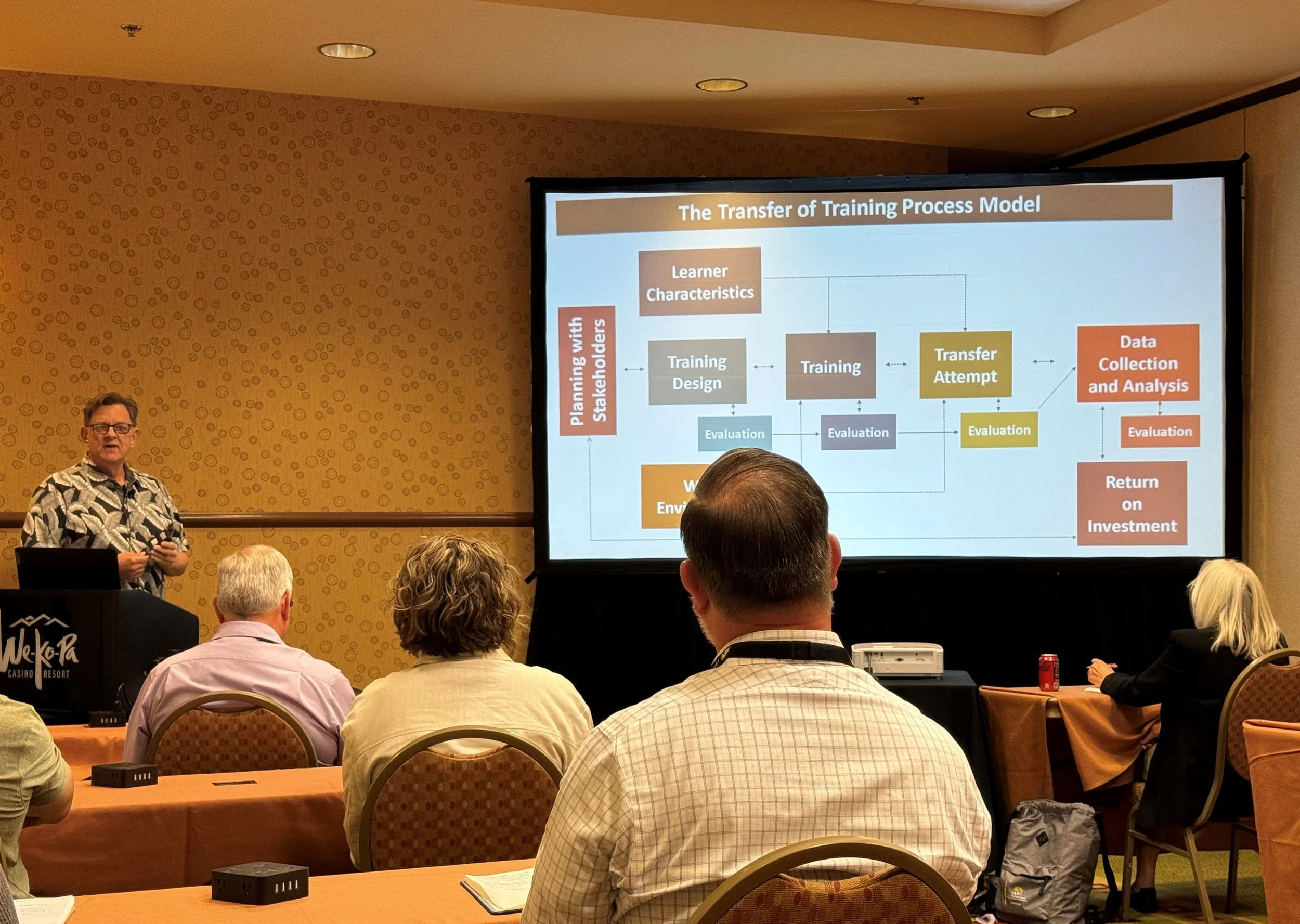When You’re Told to Train Anyway
Here’s How to Stay Credible and Strategic
Training Magazine — January 2026
L&D professionals are problem-solvers and not order-takers. At least, that’s the aspiration. In reality, even after a thorough diagnosis reveals a non-training issue, such as misaligned incentives, system flaws, or unclear expectations, we are often advised to proceed with training anyway.
This is a frustrating and familiar problem. However, instead of viewing it as a setback, L&D teams can use these moments to reinforce their role as strategic partners—delivering value, maintaining credibility, and laying the groundwork for more effective performance solutions.
So what do you do when you’re told to train anyway? You stay strategic. Use these four moves to protect your credibility, reinforce your expertise, and turn a flawed assignment into a forward step.
Diagnose First, Train Second
The Seven Questions that Stop Wasted Training
Training Magazine — January 2026
Too much training. Not enough traction. Sound familiar? If you are like most L&D professionals, you have been asked to build a course or roll out a session for what turns out to be a non-training issue. The result? Wasted time, frustrated employees, and the same problem cropping up again in the next quarter.
It is time to hit the pause button when defaulting on training. This article introduces a practical, field-tested framework based on the classic Mager & Pipe performance analysis model. It helps learning and development professionals to ask the right questions, get to the root of the issue, and choose the right solution, whether it involves training or not.
Why Training Design is the Most Critical Step You Might Be Overlooking
Training Magazine — November 2025
Despite the time, energy, and investment of money that organizations make in employee training, one sobering truth continues to emerge: most of what is taught never reaches the workplace. The culprit? Not poor facilitation or disengaged learners—but the failure to design training that actually prepares people to apply what they learn.
This article highlights a commonly overlooked but essential step in the learning process: training design. It is a deliberate design process that ensures that training leads to real-world applications, observable behavior changes, and measurable business outcomes.
Why Your Training Programs Are Failing—And How to Fix Them
Training transfer—the ability to apply learning in real work situations—is often an afterthought and not a priority. Implementing a Dynamic Transfer Model can help.
Training Magazine — June 2025
Sarah, a high-potential manager, was eager to grow. She recently completed an intensive leadership development program, during which she practiced cutting-edge coaching techniques designed to enhance her effectiveness as a leader. Excited and confident, she returned to work, ready to transform her interactions with the team.
But reality hit fast. Deadlines, meetings, and daily responsibilities pushed her new skills to the back of her mind. The weeks passed, and Sarah fell back into old habits—giving quick instructions rather than using the coaching techniques she had learned.
When asked about training, she sighed: “The course was great, but honestly, I haven’t had the time to apply what I learned.”
Sound familiar?
Does Your Training Actually Drive Real Change or Just Check a Box?
Training Magazine — March 2025
Organizations in the United States spent a staggering $98 billion on employee training in 2024, according to Training Magazine’s 2024 Training Industry Report (November 2024). Despite these significant investments, many organizations struggle to determine whether their training programs achieve their intended goals. One of the primary challenges is knowing how to measure training outcomes effectively—particularly at Kirkpatrick Levels 3 (Behavioral Change) and 4 (Results), which focus on changes in job performance and business outcomes.
To continue to read the article, click on learn more.
The Integrated Training Impact Model (ITIM)
Unlock the potential of your workforce with our Integrated Training Impact Model (ITIM). Starting with thorough planning and stakeholder engagement, ITIM focuses on learner characteristics, training design, and the work environment. We define clear objectives and establish baseline data to tailor our training effectively. Throughout the training phase, we use continuous evaluation to ensure engagement and comprehension. After training, we support skill application with ongoing feedback and a conducive work environment. By gathering and analyzing data, we measure performance improvements and calculate ROI, demonstrating the tangible benefits of your training initiatives. Ready to transform your organization? Click the button below to learn more.





